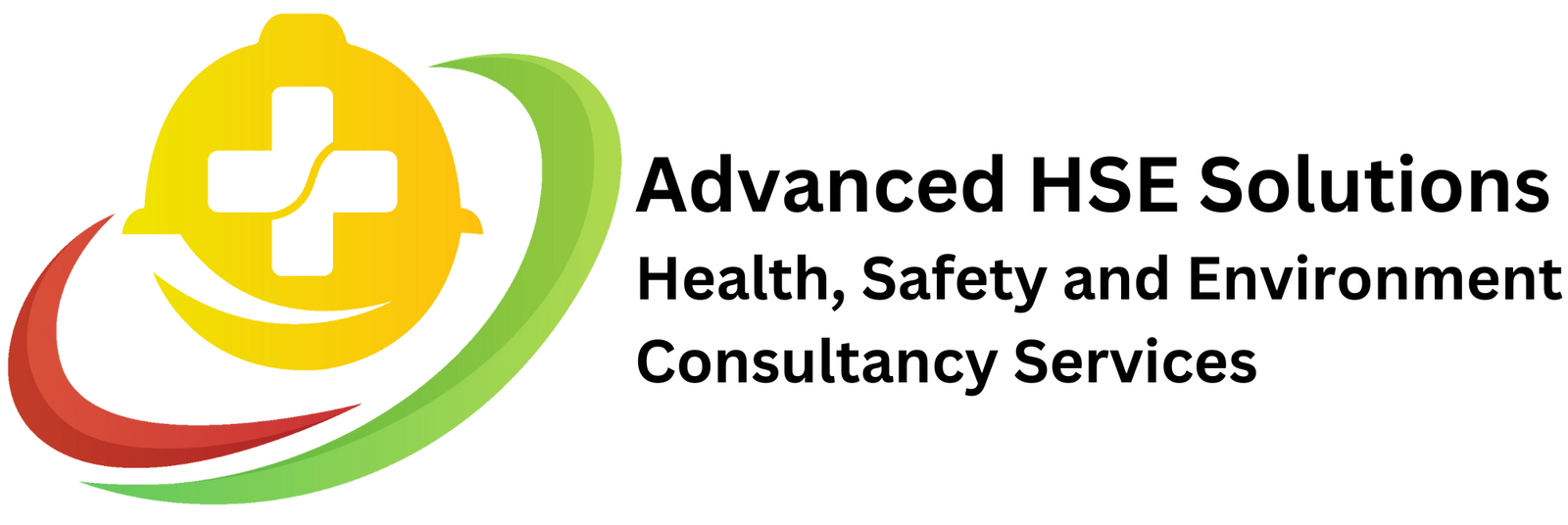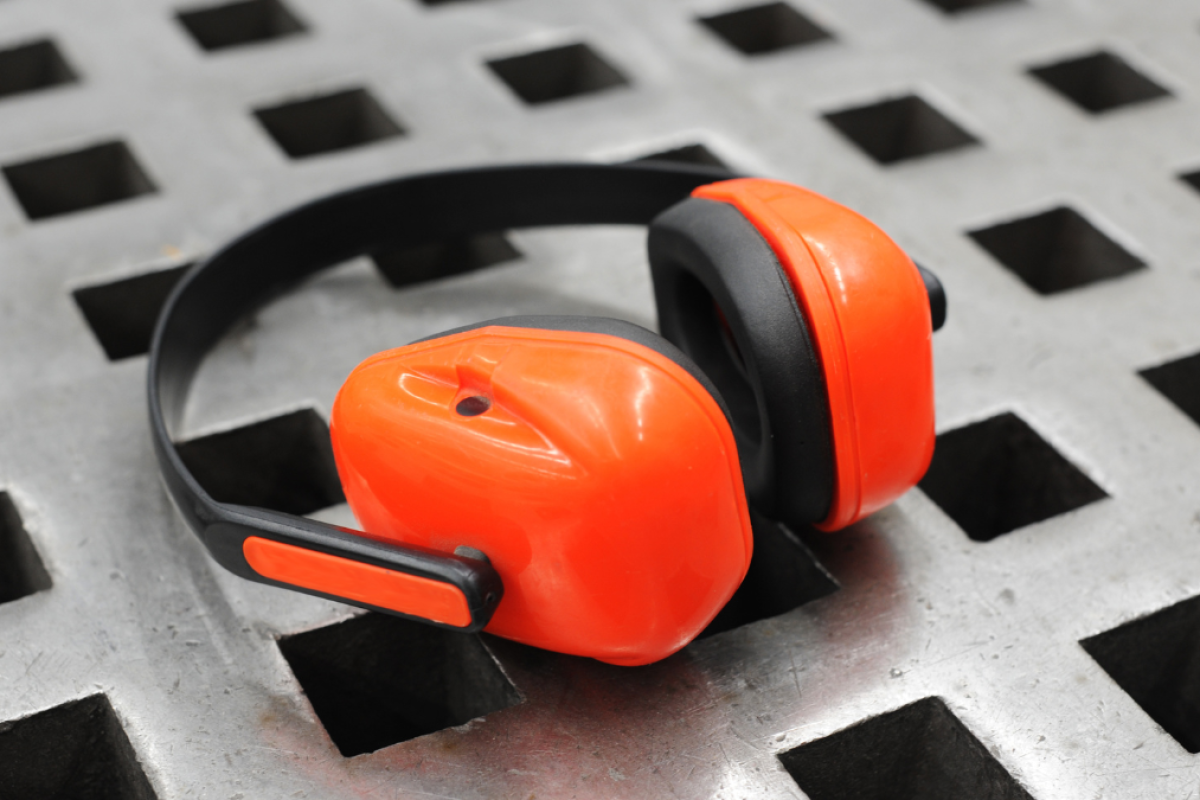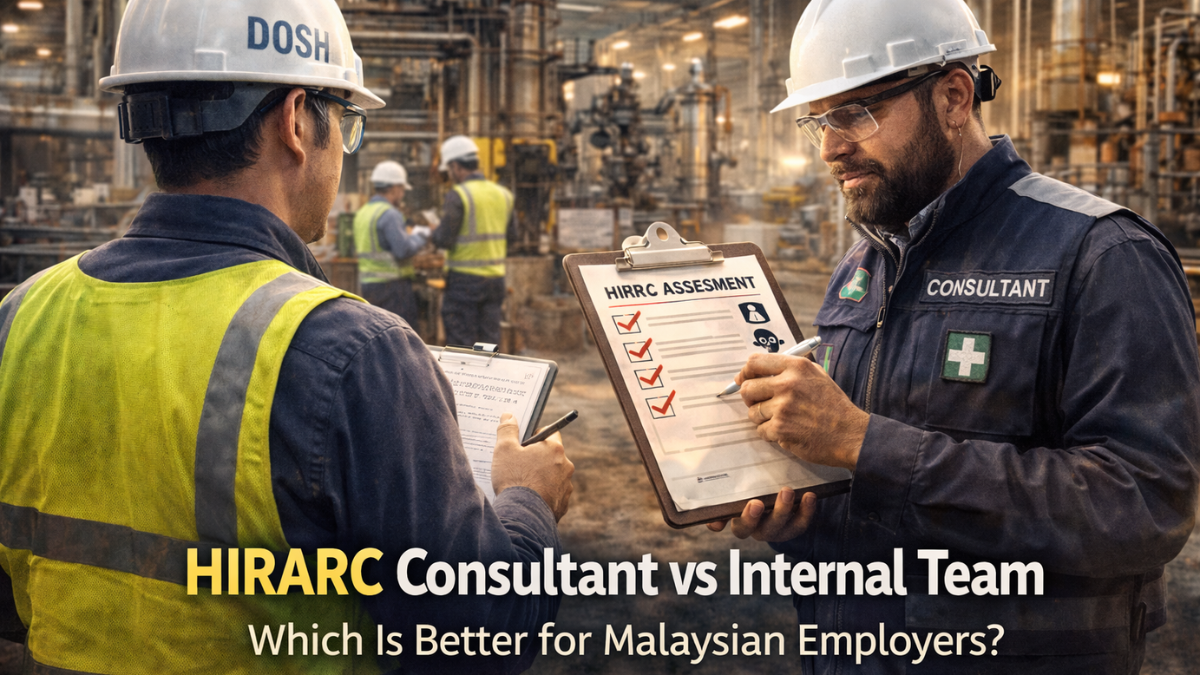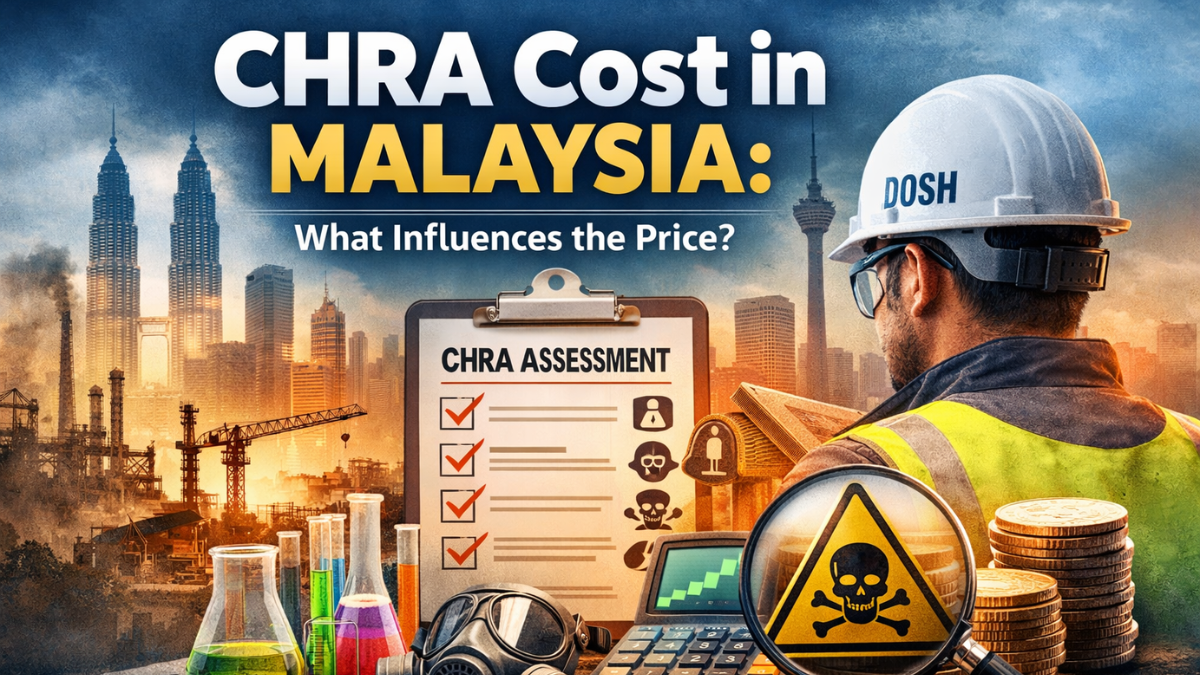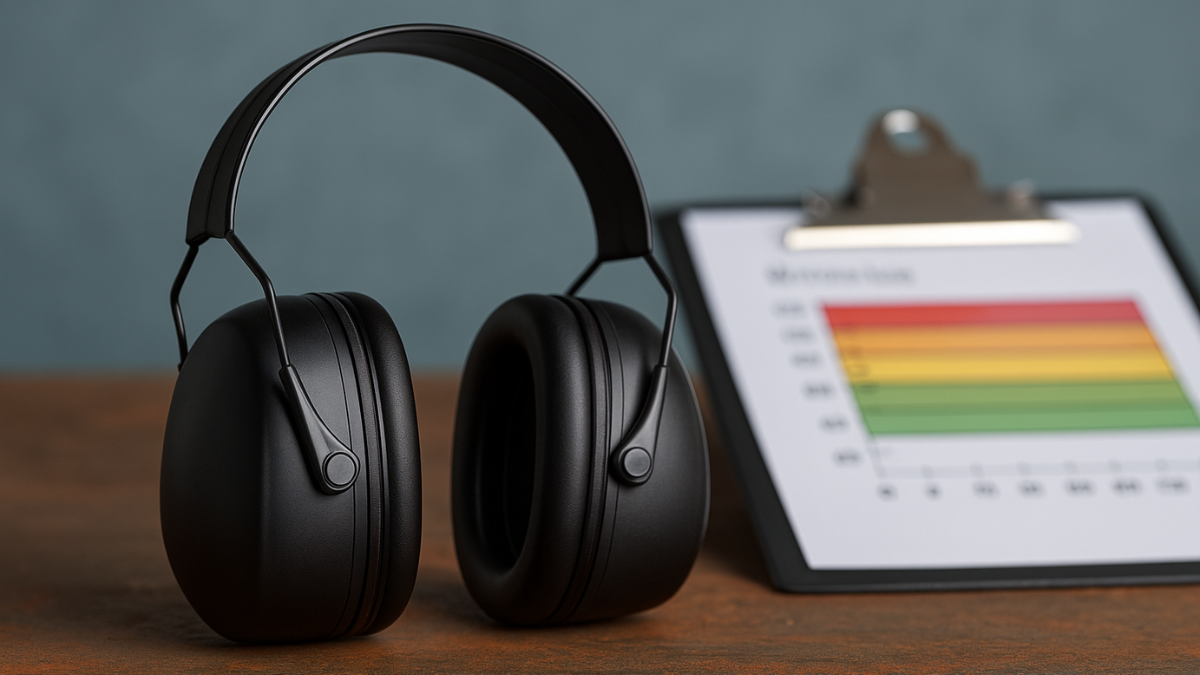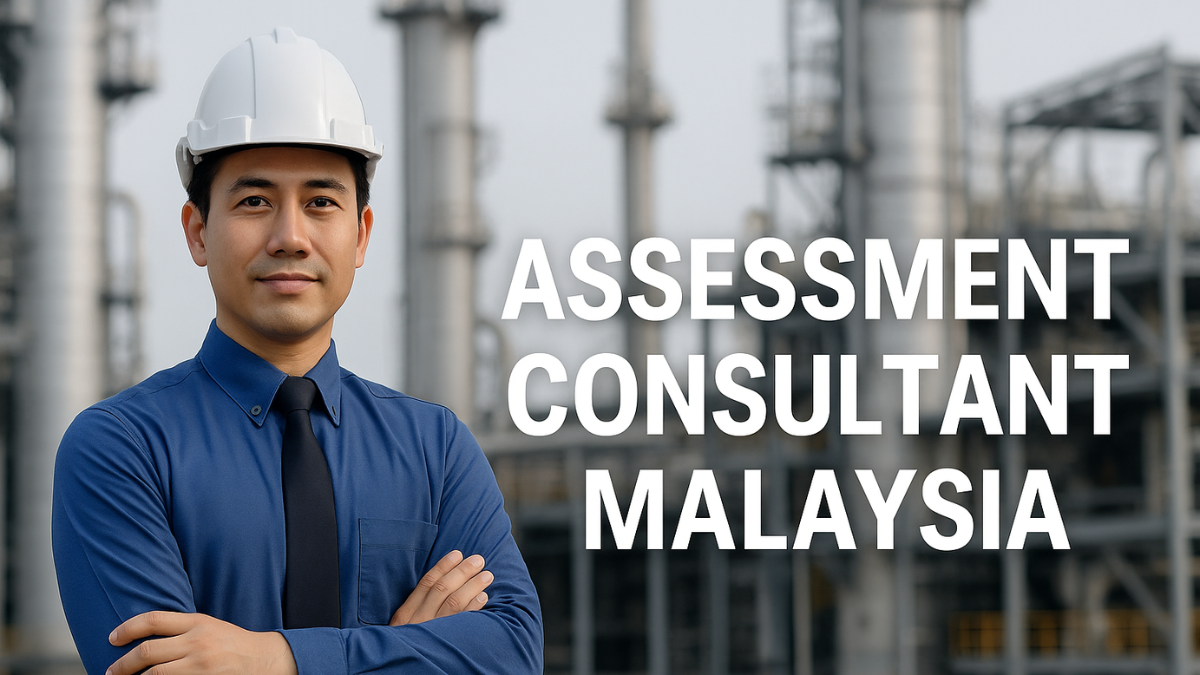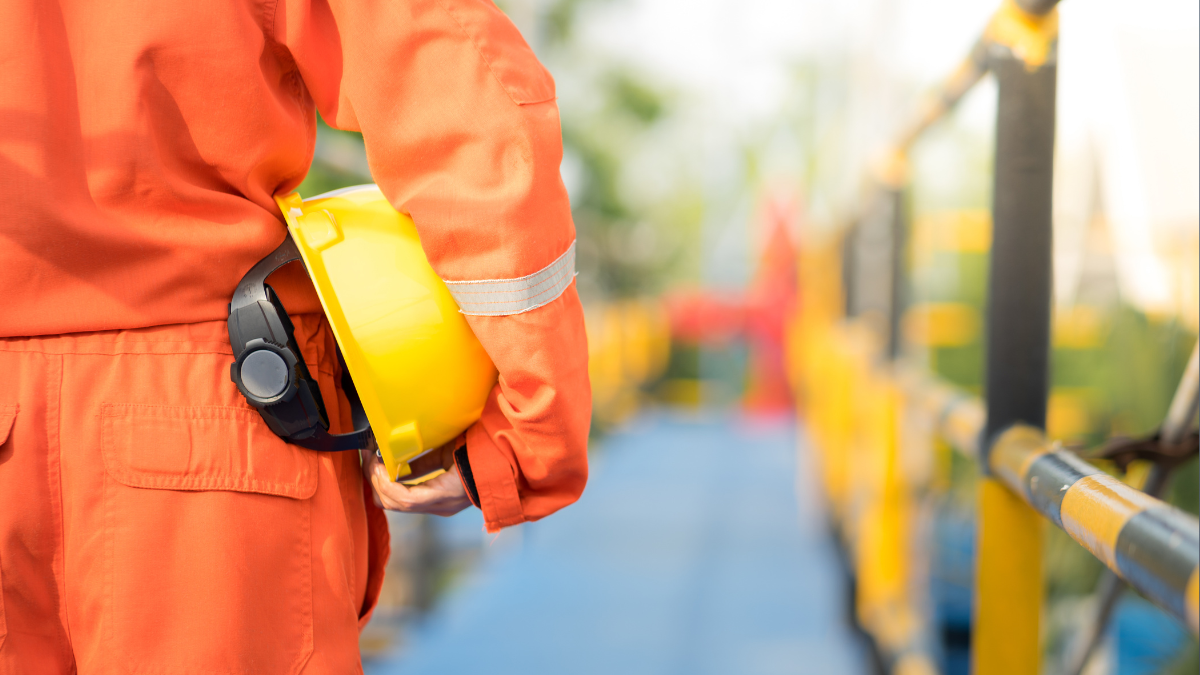Table of Contents
Introduction: Why Workplace Noise Risk Assessment is Important
Noise hazards in the workplace are often overlooked, yet they significantly impact employee health, productivity, and safety. Prolonged exposure to high noise levels can lead to hearing loss, stress, and reduced workplace efficiency. In industries like manufacturing, construction, and oil & gas, Noise Risk Assessments (NRA) are crucial for identifying and mitigating these risks.
This article offers a comprehensive, step-by-step guide on performing a workplace noise risk assessment, its importance, and why professional expertise is vital for compliance with DOSH Malaysia’s safety standards.
Understanding Noise Risk Assessment (NRA)
What is an NRA?
A Noise Risk Assessment evaluates noise levels in the workplace, identifies sources of excessive noise, and determines their impact on workers’ health. It provides recommendations to minimize risks and ensure compliance with Malaysia’s safety regulations.
Why is NRA Crucial?
- Protect Employee Health: Prolonged exposure to noise levels above 85 decibels (dB) can cause permanent hearing damage.
- Ensure Legal Compliance: Malaysia’s Occupational Safety and Health Act (OSHA 1994) and the Factories and Machinery Act mandate regular noise assessments.
- Improve Workplace Productivity: A quieter work environment enhances focus and efficiency.

Step-by-Step Guide to Conducting a Noise Risk Assessment
Step 1: Identify Noise Hazards
Begin by pinpointing areas or equipment generating excessive noise. Common sources include:
- Heavy machinery (e.g., grinders, compressors).
- Construction tools (e.g., drills, hammers).
- Manufacturing processes (e.g., conveyor belts, stamping machines).
Use a preliminary survey to identify these hotspots.
Step 2: Measure Noise Levels
Use a sound level meter to measure noise levels across different workplace areas. Key parameters include:
- Sound Pressure Levels (dB): Measure the intensity of noise.
- Frequency Analysis: Identify the dominant frequencies causing harm.
Ensure measurements cover:
- All shifts and operational conditions.
- Areas with varying noise levels.
Step 3: Analyze Employee Exposure
Determine how noise impacts workers:
- Duration of Exposure: Record how long employees are exposed to high noise levels.
- Proximity to Noise Sources: Note how close workers are to noisy equipment.
Use a personal dosimeter to measure individual noise exposure during work hours.
Step 4: Compare Results to Regulatory Limits
Malaysia’s Factories and Machinery (Noise Exposure) Regulations 1989 sets the following limits:
- 85 dB: Maximum allowable daily exposure for 8 hours.
- 90 dB: Requires immediate action to reduce exposure.
Compare your findings against these thresholds.
Step 5: Implement Control Measures
If noise levels exceed permissible limits, introduce mitigation strategies:
- Engineering Controls:
- Install sound barriers or acoustic panels.
- Upgrade machinery to quieter models.
- Administrative Controls:
- Rotate employees to limit exposure time.
- Schedule noisy operations outside peak working hours.
- Personal Protective Equipment (PPE):
- Provide earplugs or noise-cancelling earmuffs.
Step 6: Document Findings and Recommendations
Prepare a detailed report including:
- Noise level readings.
- Identified hazards.
- Recommended control measures.
Submit this report to DOSH Malaysia to ensure compliance.
Step 7: Monitor and Review Regularly
Repeat noise assessments:
- Annually.
- Whenever significant workplace changes occur (e.g., new machinery).
Benefits of Professional Noise Risk Assessments
While businesses can perform basic noise evaluations, professional NRA services offer:
- Accurate Measurements: Advanced tools and techniques for precise readings.
- Expert Recommendations: Tailored solutions for your industry.
- Regulatory Compliance: Assurance that all legal requirements are met.

Why Choose Advanced HSE Solutions for NRA?
At Advanced HSE Solutions, we provide comprehensive Noise Risk Assessment services in Malaysia. Our expertise includes:
- Noise monitoring using state-of-the-art equipment.
- Detailed reporting aligned with DOSH requirements.
- Customized noise control strategies for various industries.
Case Study: Reducing Noise Hazards in a Manufacturing Plant
A large manufacturing facility in Selangor struggled with noise levels exceeding 90 dB in production areas. Advanced HSE Solutions conducted an NRA and implemented solutions such as:
- Installing acoustic enclosures around machines.
- Providing workers with custom-fitted ear protection.
- Introducing administrative controls to rotate workers.
Result: Noise exposure dropped by 30%, improving compliance and employee satisfaction.
FAQs About Noise Risk Assessments
Q: How often should I conduct an NRA?
Annually, or whenever significant changes in machinery or processes occur.
Q: What happens if I don’t comply with noise regulations?
Non-compliance can result in fines, operational shutdowns, and health risks to employees.
Q: Can I use noise-cancelling headphones instead of conducting an NRA?
While PPE helps reduce exposure, an NRA is mandatory to identify and mitigate root causes.
Conclusion
Conducting a Noise Risk Assessment is essential for protecting employees, ensuring compliance, and improving workplace productivity. By following this guide or consulting professionals like Advanced HSE Solutions, businesses can effectively manage noise hazards and foster a safer work environment.
